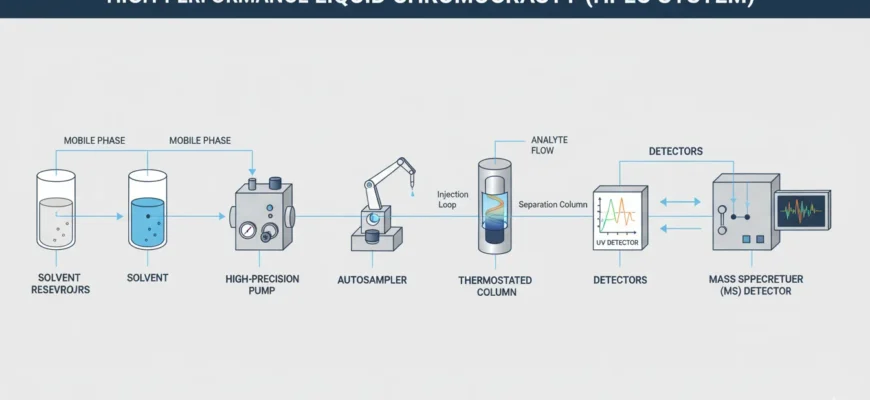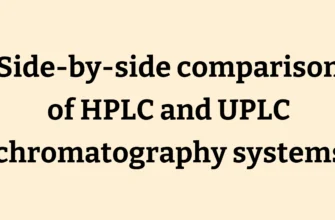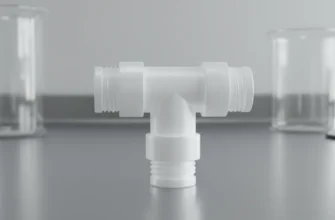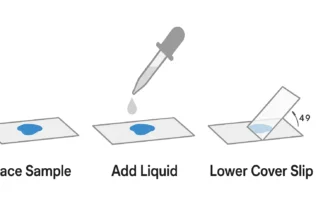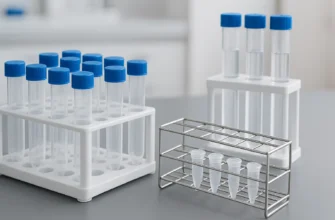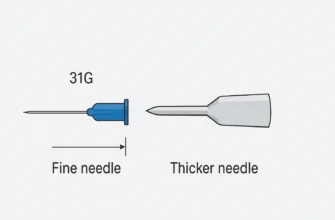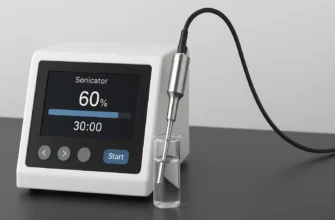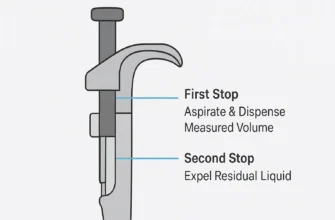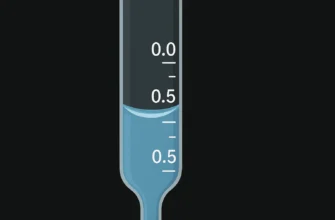Essential HPLC Lab Equipment for Accurate Testing Results
Main Takeaway: Achieving reliable, high-resolution separations in high-performance liquid chromatography (HPLC) requires understanding and selecting each core component—solvent delivery, sample introduction, separation column, detection system, and data processing—plus the right accessories and consumables. Modern UHPLC and automation technologies further enhance speed and precision, but only when paired with proper sample preparation and system maintenance.
Overview of HPLC System Components
An HPLC setup comprises five core modules working in tandem:
-
Solvent Reservoirs: Hold the mobile phase (e.g., ultrapure water, methanol, acetonitrile) whose composition dictates analyte–stationary phase interactions.
-
Pump: Delivers mobile phase at a constant flow rate and pressure. Standard HPLC pumps operate up to 6,000 psi (≈400 bar), whereas UHPLC pumps handle pressures up to 20,000 psi (≈1,300 bar).
-
Injector/Autosampler: Introduces a precise sample volume (µL–mL scale) into the flow path, with automated systems enabling high throughput.
-
Column: Packed with stationary phase particles (commonly C18 silica), where components separate by differential interactions. Columns vary by chemistry (reversed-phase, normal-phase, ion-exchange), particle size (sub-2 µm for UHPLC), length, and inner diameter.
-
Detector & Data System: Converts eluting analytes into electronic signals. Common detectors include UV-Vis/PDA, fluorescence, refractive index, conductivity, evaporative light scattering (ELSD), charged aerosol, and mass spectrometry. Chromatography data systems integrate control, data acquisition, and processing.
Solvent Delivery and Pumps
Consistent, pulseless flow is critical for reproducible retention times. Dual-piston reciprocating pumps maintain stable flows from 1 µL/min to >1 L/min with back pressures up to 6,000 psi for HPLC and 20,000 psi for UHPLC. Gradient capability is essential for complex mixtures, enabling mobile phase composition changes during runs. Key pump specifications: flow-rate precision (±0.1%–0.2%), pressure range, and gradient mixing accuracy.
Sample Introduction and Separation Columns
Injectors/Autosamplers
Manual injectors suit low-throughput work; autosamplers improve reproducibility and productivity by handling dozens to hundreds of samples unattended. Precision injection (±0.5% RSD) ensures quantitative accuracy.
Columns
-
Stationary Phase Chemistry: Reversed-phase C18 is most versatile; alternatives include HILIC, ion-exchange, and chiral phases.
-
Particle Size: 3–5 µm for analytical HPLC; <2 µm for UHPLC (higher resolution at higher pressures).
-
Dimensions: Analytical columns (4.6 mm ID × 150–250 mm length); UHPLC columns (≤2.1 mm ID × 50–150 mm).
-
Guard Columns: Protect analytical columns from particulates and strongly retained compounds, extending column life.
Detection and Data Handling
Detector Types
-
UV-Vis & PDA: Versatile for chromophoric compounds; PDA collects full spectra per peak.
-
Fluorescence: Highly sensitive (10–1,000× UV-Vis) for native or derivatized fluorophores.
-
Refractive Index: Universal but incompatible with gradients and less sensitive.
-
Conductivity: For ionic species in suppressed or suppressed-less ion chromatography.
-
ELSD & Charged Aerosol: For non-volatile, non-UV-active analytes.
-
Mass Spectrometry: Definitive identification via mass-to-charge ratios.
Modern chromatography data systems (CDS) control instrumentation, automate method development, integrate peaks, quantify components, and generate reports with regulatory compliance (e.g., FDA 21 CFR Part 11).
Accessories and Consumables
-
Tubing & Fittings: Stainless steel or PEEK, zero-dead-volume connections to prevent leaks and pressure drops.
-
Filters & Syringe Filters: 0.2–0.45 µm filters protect columns and detectors from particulates.
-
Sample Vials & Caps: Inert materials (glass/PTFE) to avoid contamination.
-
Guard Columns & Membrane Filters: Prevent system blockages and maintain baseline stability.
Choosing the Right System
Select analytical HPLC for routine quantification (flow 0.5–2 mL/min; pressure ≤6,000 psi). Opt for preparative HPLC when isolating bulk material (>10 mL/min; lower pressures). For highest speed and resolution, choose UHPLC (flow 0.1–1 mL/min; pressure up to 20,000 psi). Consider sample throughput, budget, space, and required detection sensitivity.
| Feature | Analytical HPLC | Preparative HPLC | UHPLC |
|---|---|---|---|
| Primary Use | Quantification & identification | Purification & isolation | High-resolution, fast quantitation |
| Flow Rate | 0.5–2 mL/min | >10 mL/min | 0.1–1 mL/min |
| Column ID | 2.1–4.6 mm | ≥10 mm | ≤2.1 mm |
| Pressure | ≤6,000 psi (400 bar) | ≤2,000 psi (140 bar) | ≤20,000 psi (1,300 bar) |
Top Brands and Cost Considerations
Leaders include Agilent, Shimadzu, Thermo Fisher, Waters, and Gilson. Analytical HPLC systems cost $20,000–$70,000; UHPLC systems $60,000–$200,000; preparative systems $50,000–$150,000. Used/refurbished systems ($2,500–$50,000) can offer cost savings when sourced from certified refurbishers. Budget for annual maintenance, seal replacements, lamps, and consumables (columns, solvents, filters), which can total thousands per year.
Technological Advancements
-
Automation: Autosamplers, column switching, and auto-diagnostics reduce hands-on time and error rates.
-
UHPLC: Sub-2 µm particle columns yield faster analyses (minutes vs. tens of minutes) and higher resolution for complex matrices.
-
Integrated Software: Automated method development, predictive maintenance alerts, and seamless LIMS integration enhance lab efficiency.
Applications Across Industries
HPLC underpins quality control in pharmaceuticals (API assay, impurity profiling), environmental monitoring (pollutant trace analysis), food safety (additive quantification), and clinical research (biomarker quantitation). Custom configurations—such as biocompatible pumps for protein separations or chiral phases for enantiomeric analysis—highlight HPLC’s modular adaptability.
Frequently Asked Questions
What are the minimum essential HPLC components?
Solvent reservoirs, a high-pressure pump, a precise injector or autosampler, a separation column, a suitable detector, and a chromatography data system.
When should I choose UHPLC over HPLC?
Select UHPLC when faster run times, higher resolution of complex mixtures, or reduced solvent consumption are priorities; ensure your lab can handle pressures up to ~20,000 psi.
Are used HPLC systems reliable?
Certified refurbished HPLC systems undergo testing and calibration to meet performance standards, offering reliable results at reduced cost when purchased from reputable vendors.

